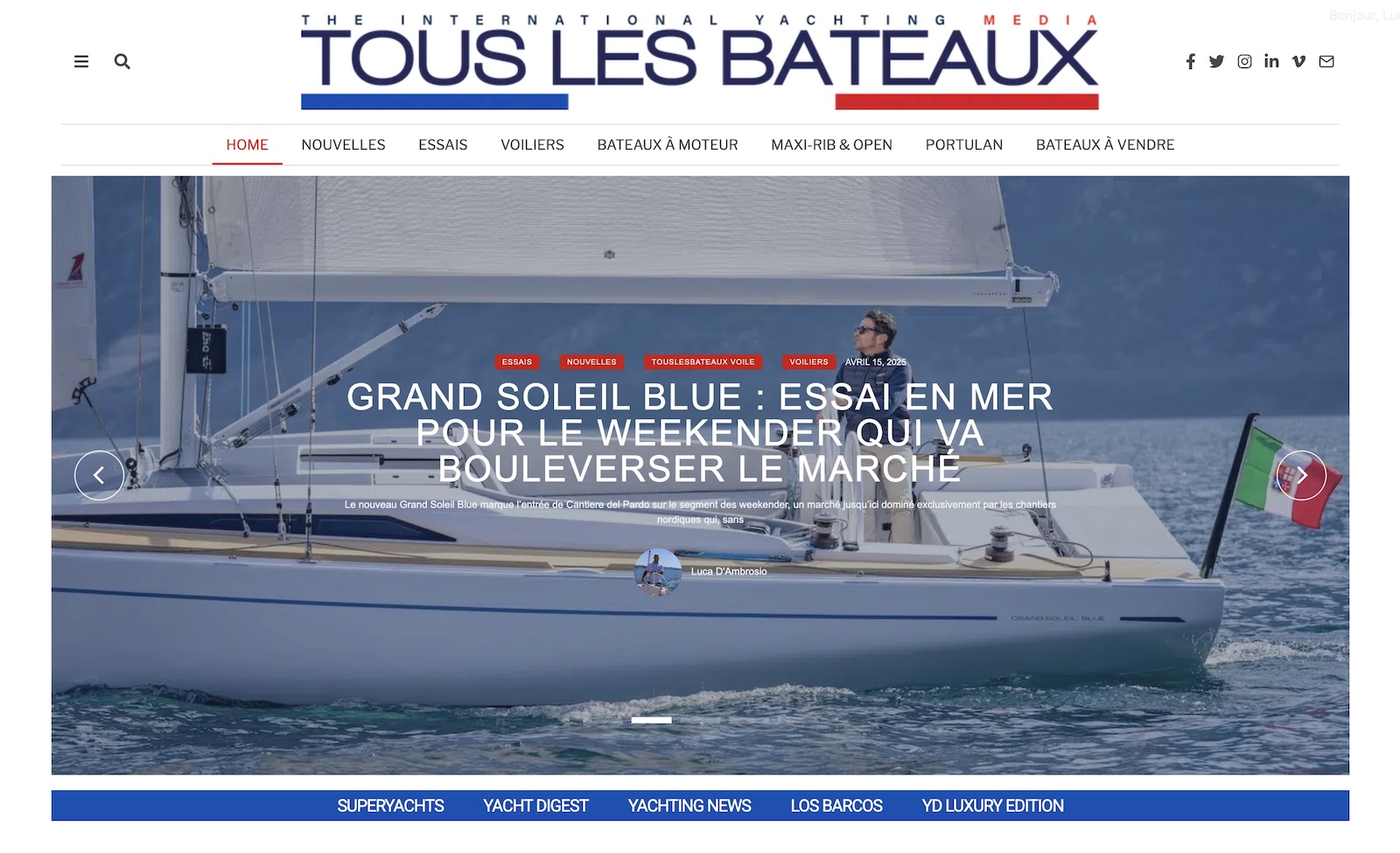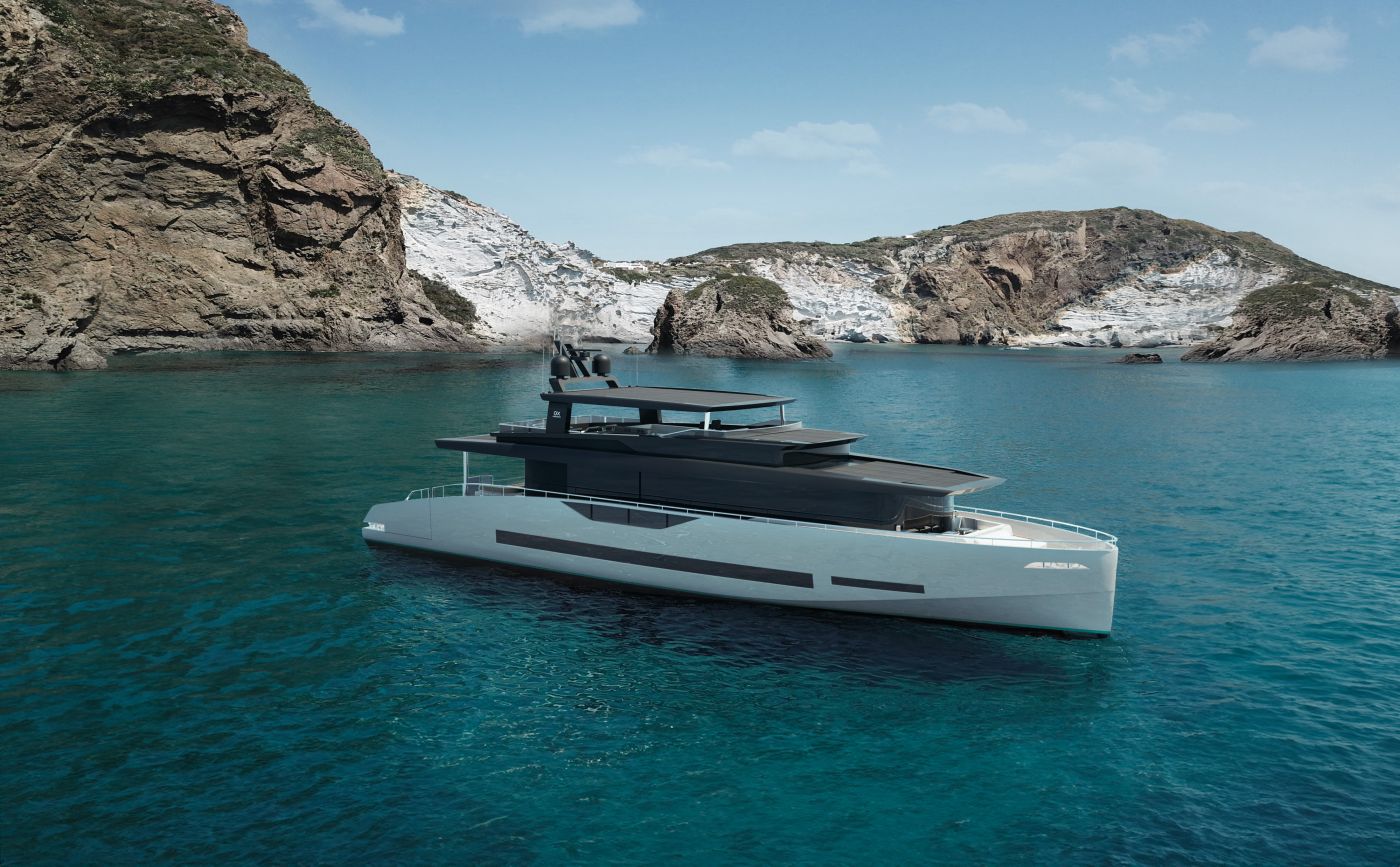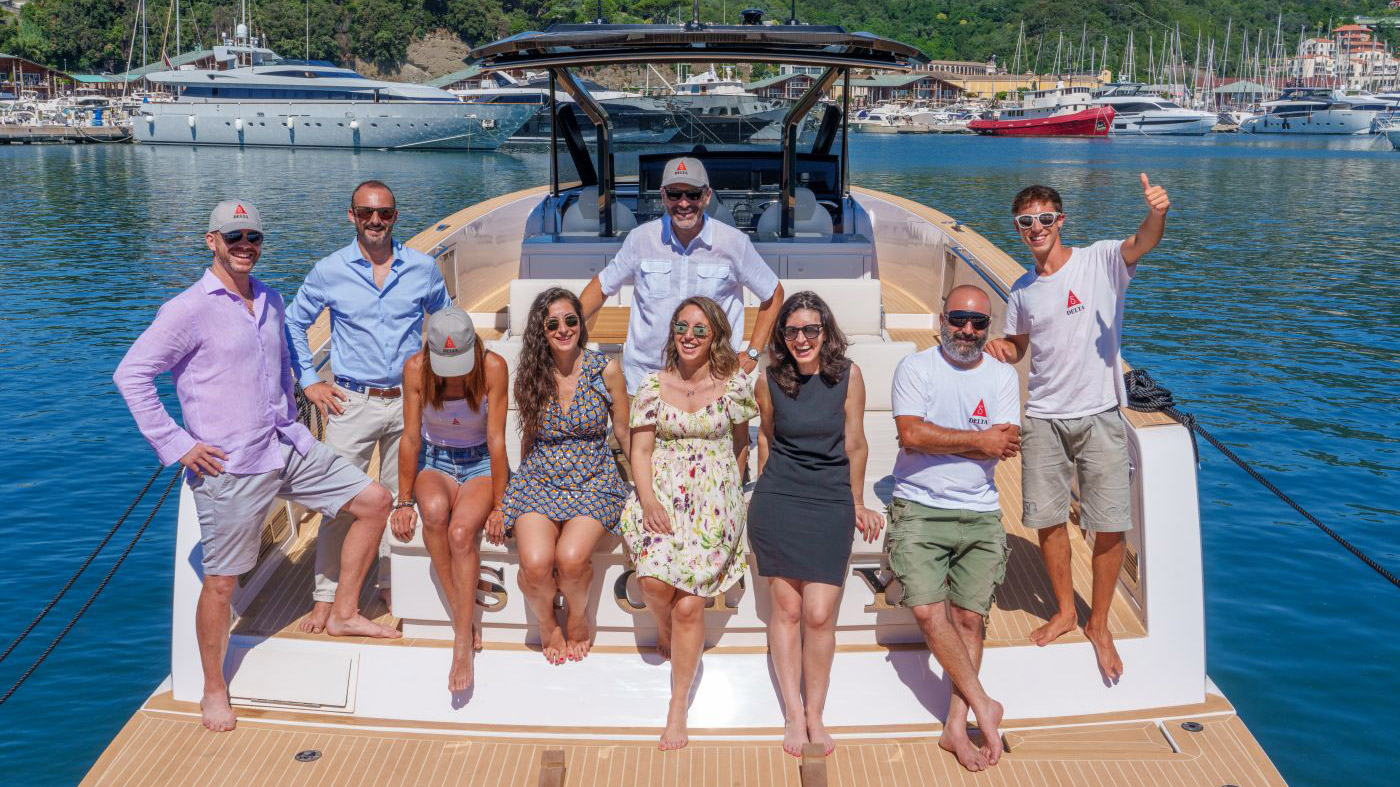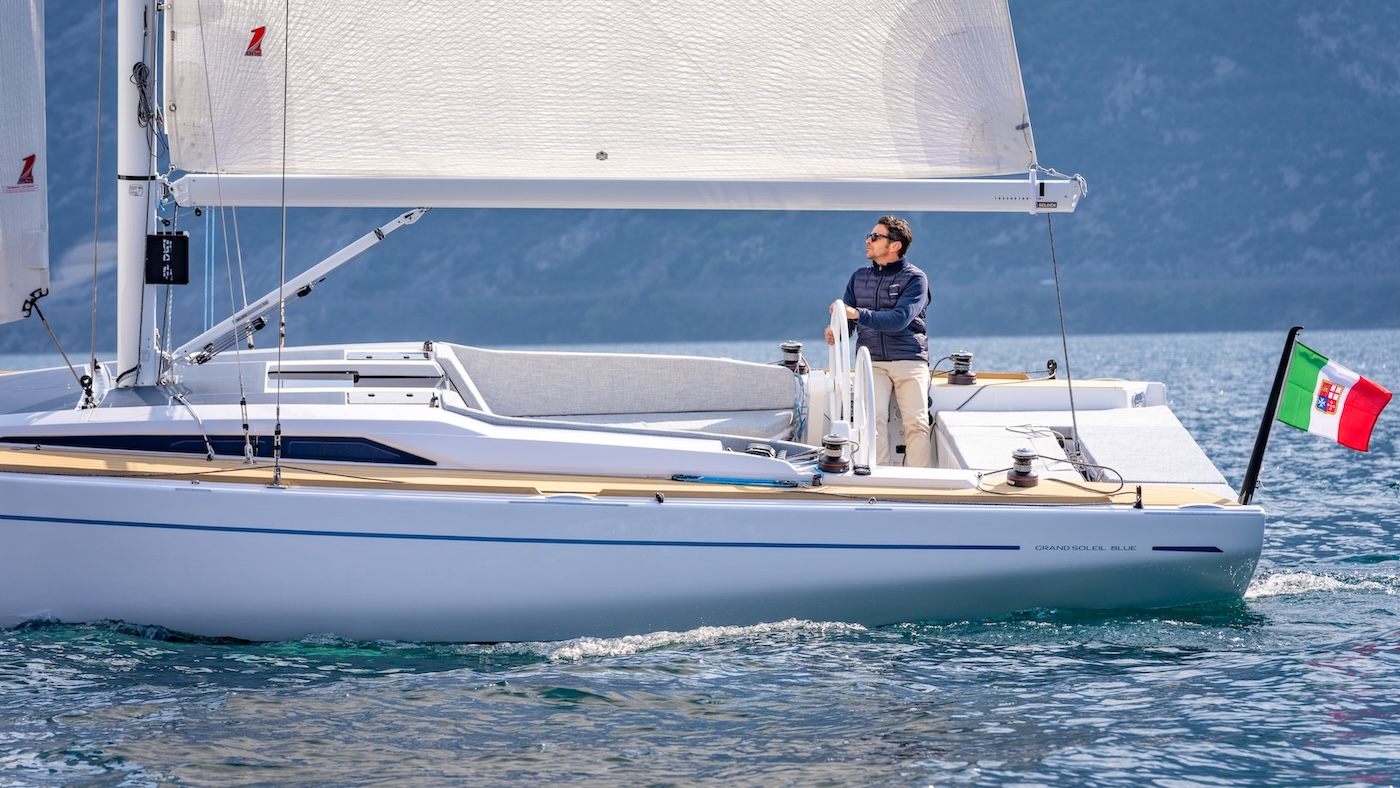Visibility was low but we could still rely on a visible horizon few thousand miles away. Then, slowly but progressively, fog shrouded us. The bow had ripped a white cloud, which have locked behind us, apart and we were sailing hovering in the air, enveloped by millions of aerosolized water particles. We quickly lost our sense of direction and it was almost like we were going round. The sound of the bell buoy in the harbour of Rimini, instead of reassuring us, added something spooky to the situation.
We lived this experience some years ago during a short transfer from Cesenatico to Senigallia. Our boat had neither radar nor gps, which was common in the mid 1980s when Ais didn’t existed yet.
Now as then, despite the modern equipment available aboard, sailing in the fog is not only dangerous but ts also generates an immediate sense of disorientation. So, what can we do?
The reply to this question depends on the boat and its equipment; a radar, for example, if used properly, can be essential in circumstances like these.
Anyway, we have to:
– slow down without stopping the boat because, in the event of a risk of collision, we can’t steer a stationary boat.
– send a person to the bow in order to gain some metres of visibility and a little psychological help.
– use our acoustic equipment. In most cases, this is represented by a wind or pneumatic horn. Acoustic signals have precise meanings that must be respected. If we don’t remember them, we can read them: they are, in fact, generally labelled on the packages of the devices. Anyway, please remember that a long sound repeated at regular two-minute intervals means ” mechanically propelled ship moving on”, which will probably be our case considering we would have probably started the engine if we are on a sailboat.
– display the route on our compass and hold it if it doesn’t head the coast. Finally, we can also reverse course by 180 degrees in few minutes and try to go out of fog if it is only a bank.
– “make ourselves visible” to the other ships that, even though they represent the greatest threat, are equipped with a radar which can see us better if we have a radar reflector.
Of course, if we are equipped with radar and Ais devices, safety margins are higher. Anyway, we always have to slow down and avoid course head to the coast or other obstacles.
But the first real safety measure to adopt is to avoid fog.
To do that, it’s sufficient to take a look at weather forecast in the area we are sailing. Moreover, a good knowledge of the causes of the phenomena increases the chance to prevent them.
Thus, it’s important to know how fog is formed at sea.
Without going into the different types of fog, we can say that, at sea, fog is generated when warm moist air passes over an already cool sea surface. This is called ” advection or marine fog”.
This phenomenon is the consequence of some winds carrying moist air on cooler waters.
This is why these fogs are more frequent in late winter, between February and March, when sea is very cool. Pushed by moist warm southern winds, such as sirocco, warm air meets even 5 degrees cooler waters and generates fog. So, if you want to have a boat trip next days, please take a look at both sea and air temperature before leaving.


























